




Why Are Trees Important in Our Daily Lives?
What are the similarities between paper, maple syrup, rubber, and medicine? All of them are obtained from trees! Trees come in all shapes and sizes, and many species provide valuable resources to humans. These resources can provide a steady income for people who create and sell forest products if they are produced responsibly.
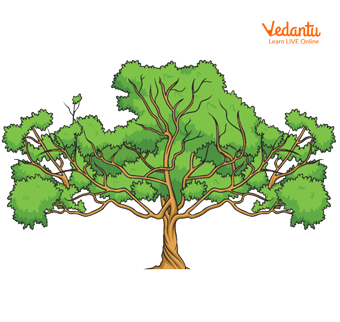
A Tree
Since trees clean the air we breathe, they are our best friends. They also clean the water and soil with the help of the roots by holding the soil particles and filtering out water. People who live near trees are also healthier, more fit, and happier than those who do not.
What are Trees?
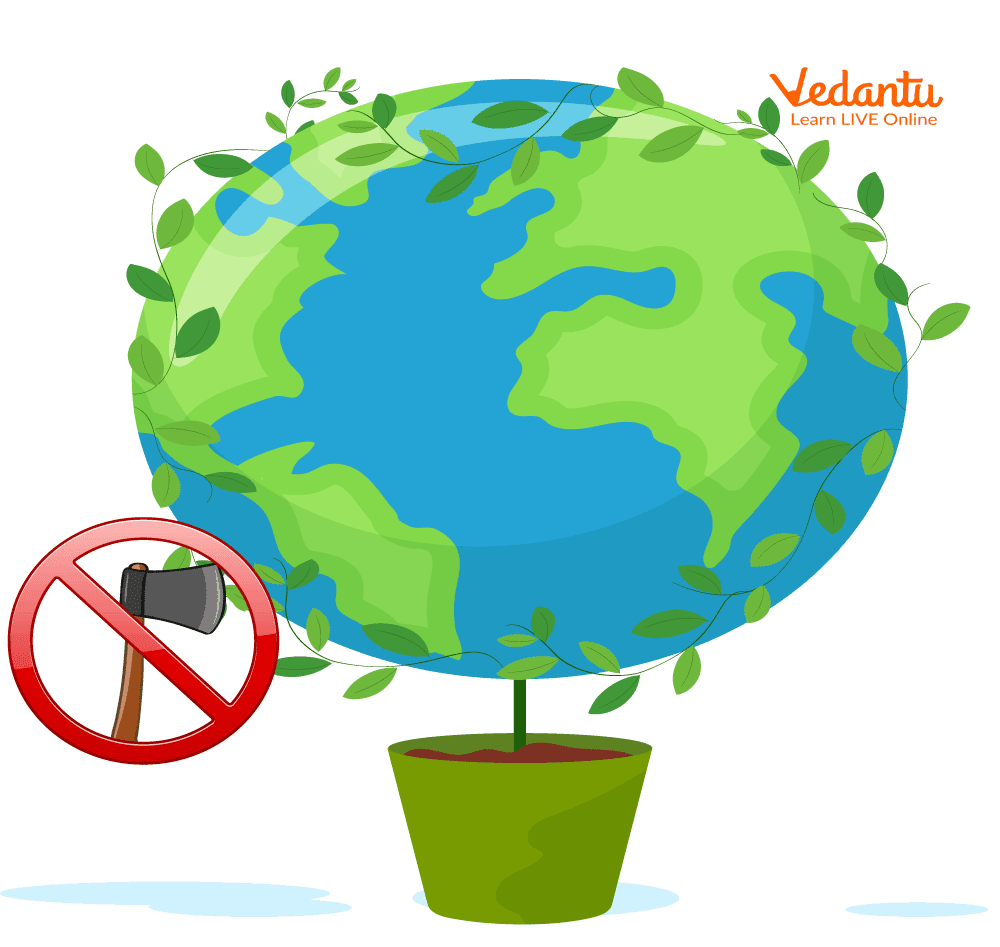
Say No To Cutting Trees
Nature is adored by all! The main distinguishing feature of trees is how distinct they are from others, and trees or plants with similar characteristics are classified into families.
A tree is a tall plant with a lengthy lifespan. It features a single stem or trunk with supporting branches for the leaves. A tree's root system extends below the surface of the earth, serving as an anchor and storing the water and nutrients required for the plant to flourish. The process by which plants convert carbon dioxide, water, and sunshine into oxygen and sugar-based energy is known as photosynthesis.
Parts of a Tree
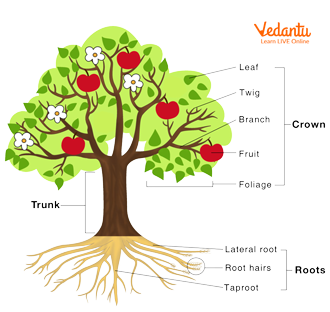
Parts of a Tree
Following are the parts of the trees.
Roots: The roots of trees are the parts of the tree that remain in the soil. They take in water and nutrients from the soil on behalf of the entire tree.
Trunk: The trunk of a tree provides support for all of the tree's parts and gives the tree its shape. Water, nutrients, and food are stored and transported to all parts of the plant.
Crown: The crown of the tree is the topmost part of the tree, containing all of the leaves and branches. It comes in a variety of shapes and sizes to accommodate various trees.
Branches: Branches evenly distribute leaves in the air. They grow in various positions to ensure that the leaves receive adequate air and sunlight.
Leaves: Leaves are similar to a tree's food factories. In the photosynthesis process, they produce food for the tree and provide vital oxygen to animals and humans.
Knowing Trees Better: Trees Information
Trees grow taller, wider, and deeper as they age. The growth of new cells at the tips of a tree's branches causes it to grow taller. They also spread deeper into the ground, where they form roots that collect water and nutrients from the soil.
The roots, like the branches, grow at the tips. Tree trunks and branches become wider as well. Each ring represents a year's worth of development. We can determine the age of trees by counting their rings.
Types of Trees
Deciduous and Evergreen trees are the two main types of trees.
For a portion of the year, deciduous trees lose all of their leaves. This occurs in cold climates during the autumn, leaving the trees bare throughout the winter.
Evergreen trees don't lose all of their leaves at once; there is always some greenery on them.
Tree Description
Deciduous Trees
Some examples of Deciduous trees are oak, maple, and elm trees. In the fall, they shed their leaves and in the spring, they sprout new ones.
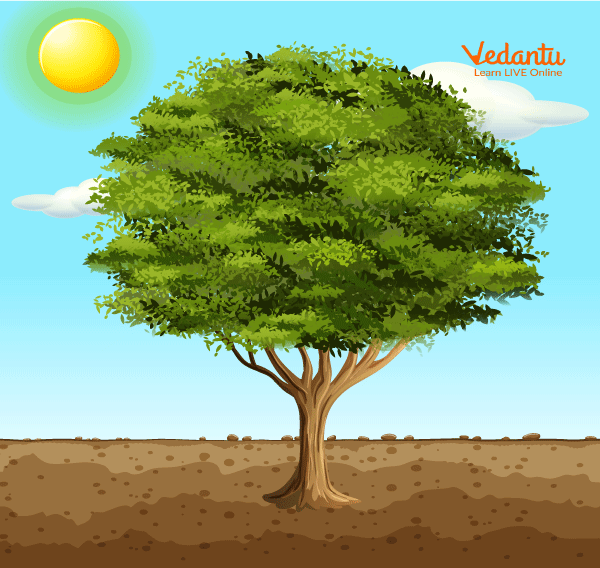
Oak Tree
Oak: Oak tree is common in places where the weather is mild. Oaks are useful in a variety of ways. Many types of oak have valuable wood that is used in carpentry and construction.
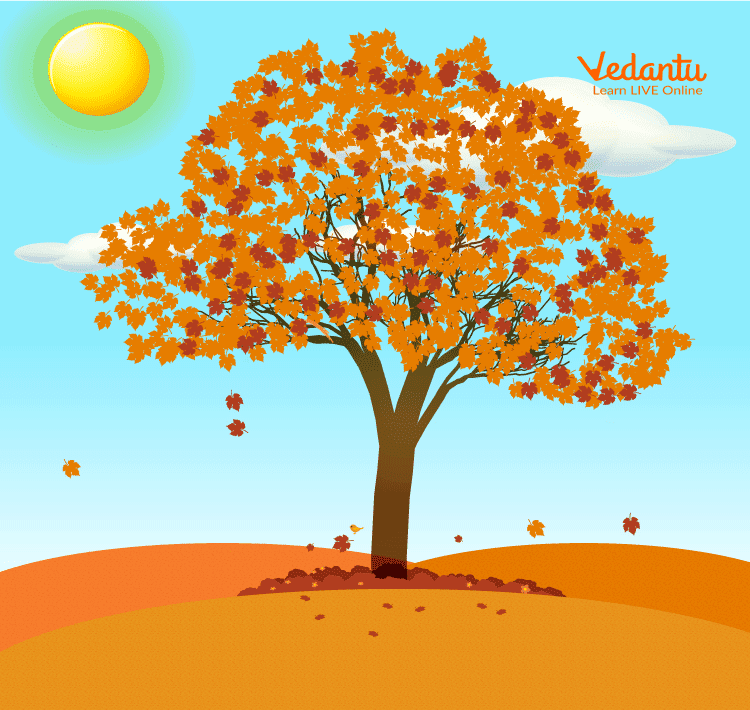
Maple Tree
Maple: Maple trees and shrubs are commonly found in city parks and along city streets. Because their leaves form a thick structure, they make good shade trees.
Evergreen trees
An evergreen is a plant whose leaves stay healthy and green for more than one growing season. In contrast to deciduous plants, which fully lose their foliage in the winter or dry season, this also applies to plants that only retain their leaves in warm climes. Examples of evergreen trees are pine (Pinus) and fir (Abies).
Benefits of Trees
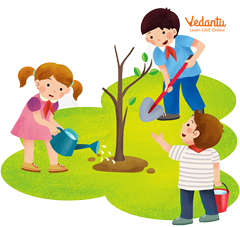
Planting Trees
Trees provide us with food, wood, and a variety of other essential materials.
They provide us with clean air and aid in the reduction of pollution.
However, as humans, we are destroying trees for land and wood. The number of trees on the planet is rapidly decreasing. As a result, many animals have become endangered, and pollution levels have increased.
We must recognize that trees are an essential component of the ecosystem.
Plant as many trees as you can around your house.
Also, educate others about the value of trees.
Summary
Almost everyone is aware of the value of trees and other live plants. They enhance the beauty of our surroundings, clean the air, serve as sound barriers, produce valuable oxygen, and aid in energy conservation by providing cooling shade in the summer and wind reduction in the winter.
FAQs on All About Trees: Meaning, Facts & Uses
1. What is the main significance of trees for our planet's health?
Trees are fundamental to the planet's health and are considered a crucial support system for all life. Their primary significance lies in producing oxygen for us to breathe, absorbing harmful carbon dioxide, stabilising the soil to prevent erosion, and providing essential food and shelter for the world's wildlife.
2. What are the most important things that trees provide for humans?
Trees provide numerous resources and benefits that are essential for human life and well-being. The most important things we get from them include:
Clean Air: They absorb pollutants and release fresh oxygen.
Food: They give us fruits, nuts, and syrups.
Materials: We get wood for furniture and construction, as well as fibre for making paper.
Medicine: Many modern medicines are derived from the bark, leaves, and roots of different trees.
Water Regulation: They help maintain the water cycle and prevent floods.
3. How do the roots of a tree help protect the land?
The roots of a tree act as a natural anchor for the earth. They spread deep and wide, creating a strong network that holds soil particles together. This prevents the rich topsoil from being washed away during heavy rains or blown away by strong winds, a process known as soil erosion. By holding the ground firm, trees protect landscapes and agricultural land.
4. Why are trees often described as the 'lungs of the Earth'?
This comparison is made because trees perform a function for the Earth that is similar to what lungs do for our bodies. Just as our lungs breathe in oxygen and exhale carbon dioxide, trees do the opposite. Through photosynthesis, they absorb harmful carbon dioxide from the atmosphere and release the life-giving oxygen that almost all living creatures need to survive.
5. What would happen to birds and animals if all the forests were cut down?
If all forests were cut down, it would lead to a catastrophic loss of wildlife. Millions of animals, birds, and insects would lose their natural habitat, as they depend on trees for shelter, nesting, and protection from predators. Furthermore, they would lose their primary source of food, such as fruits, leaves, and seeds. This would disrupt the entire food chain and lead to the extinction of many species.
6. Besides providing oxygen, what is another major way trees support life on Earth?
Besides providing oxygen, a major way trees support life is by regulating the water cycle. Trees absorb water from the soil and release it into the atmosphere as vapour through their leaves, a process called transpiration. This moisture forms clouds, which then lead to rain. This process is essential for providing fresh water for drinking, agriculture, and maintaining a balanced climate across the globe.
7. Why is it important for every student to learn about protecting trees?
It is crucial for students to learn about protecting trees because our future depends on it. Understanding their role in fighting climate change, providing clean air, and supporting all life fosters a sense of responsibility. When students learn this, they are more likely to plant new trees, reduce waste, and support efforts to conserve forests, ensuring a healthier planet for generations to come.









